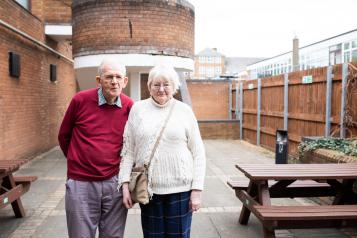Care Quality Commission (CQC) reports on safe use of radiation in healthcare settings

Errors can happen when healthcare providers use ionising radiation to diagnose or treat people. Healthcare providers must notify CQC about these.
The report summarises:
- what they found from reviewing the errors received between 1 April 2021 and 31 March 2022
- the inspection and enforcement activity during that period
- data on the number and type of statutory notifications of errors.
By sharing this information, the CQC aim to help providers and healthcare professionals see where safety improvements may be needed in their service.
In 2021/22, the CQC received 611 notifications of errors:
- 366 (60%) were from diagnostic imaging departments
- 63 (10%) were from nuclear medicine departments
- 182 (30%) were from radiotherapy departments.
During this period, there were over 43 million diagnostic imaging examinations carried out on NHS patients in England. Of these, over 29 million used ionising radiation. There were also over 134,000 episodes of radiotherapy treatment in England.
This shows that notifications of errors represent a small proportion of the total examinations and treatment undertaken. Although notifications relate to incidents where there is risk of harm, most do not result in harm to patients.
A key source of errors continued to be when images were requested for the wrong patient. They also found that inadequate checks about the patient’s identity or mistakes by the operator were common causes of errors.
In 2021/22, the CQC inspected:
- 14 diagnostic imaging departments
- 6 nuclear medicine services
- 13 radiotherapy departments.
For some inspections, they made recommendations for improvement or took enforcement action. Areas identified for improvement include:
- ensuring that procedures, protocols and guidance for staff were up-to-date and effective.
- using more robust processes to investigate incidents.
Their IR(ME)R team also assisted with assessing registration applications during 2021/22. This included 4 applications from providers intending to provide novel or high-dose diagnostic services. For example, independent providers intending to deliver services in patients’ own homes using a domiciliary X-ray machine. They identified some concerns around the quality of documentation and requested further assurances about the safe delivery of care.
The CQC also report on our themed inspection programmes:
- neurointerventional services in specialist NHS centres
- mobile CT services
- chiropractic services.
The report includes practical actions for IR(ME)R employers. These actions help to improve compliance with the regulations. This in turn improves safety. The report also shares examples where providers have acted in response to errors to improve quality and safety. It is important that healthcare professionals learn from these examples. This will help them identify where they can make improvements in their services.


